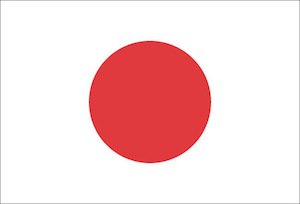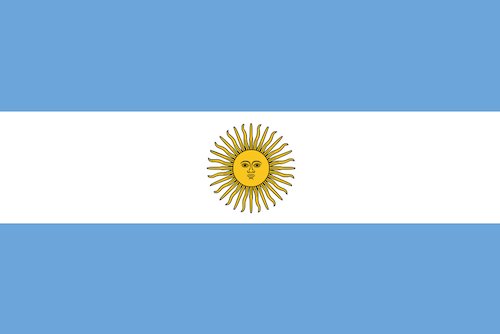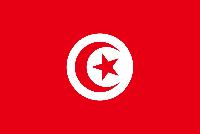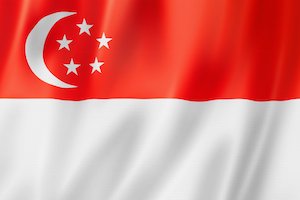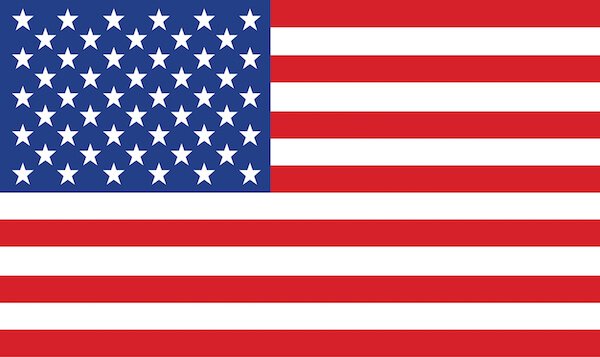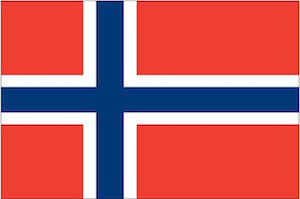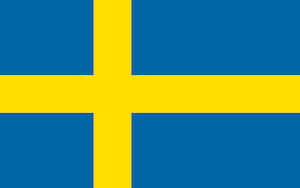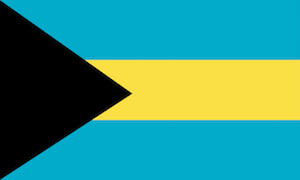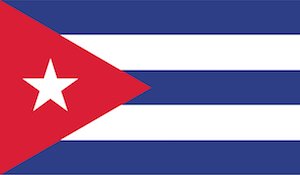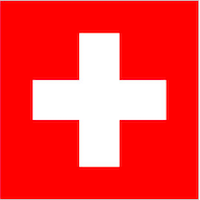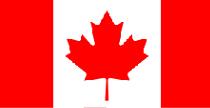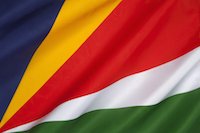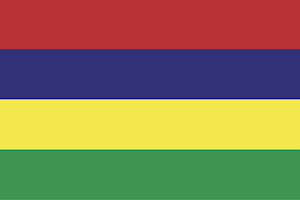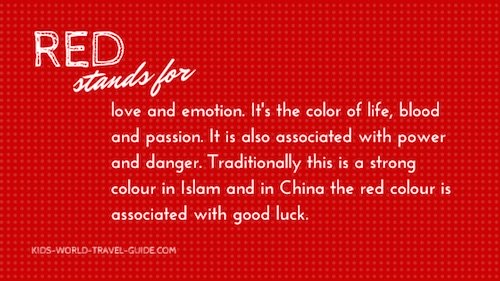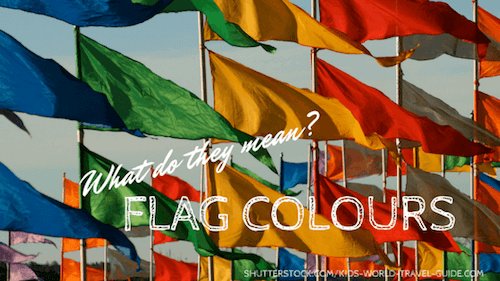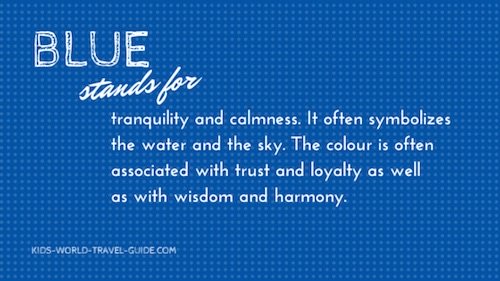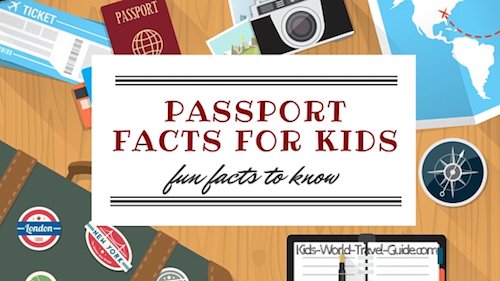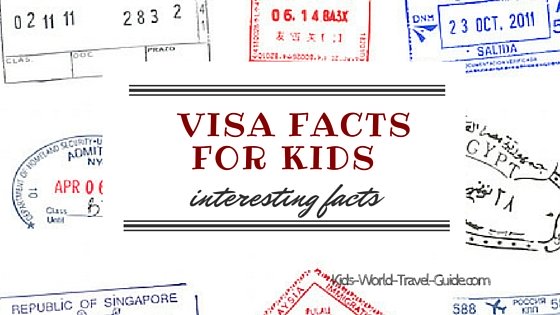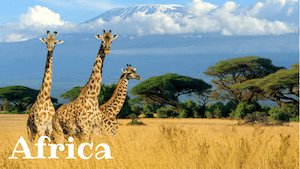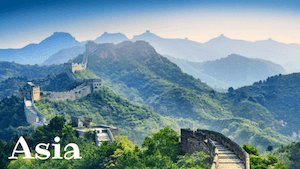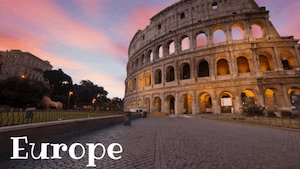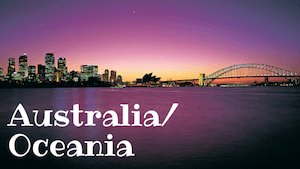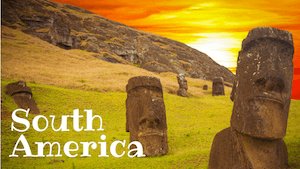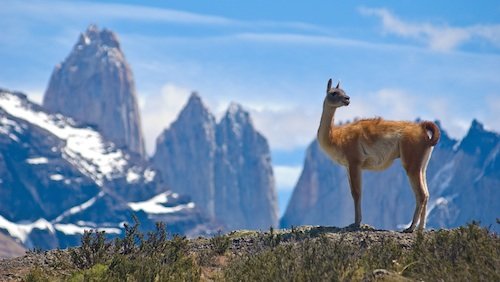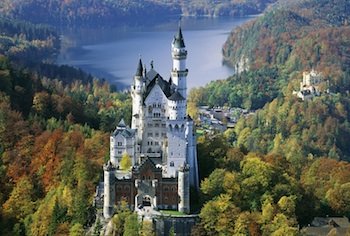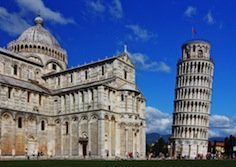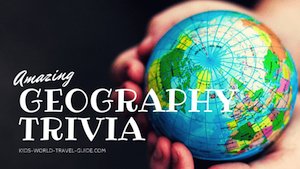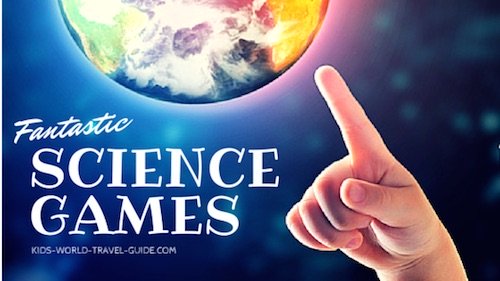- Homepage
- Flags
World Flags
Interesting Facts for Kids about the Flags of the World
Why are there so many different world flags? What are the most common symbols on flags? What does the colours on the flags mean? So many questions... we will show you the answers here.
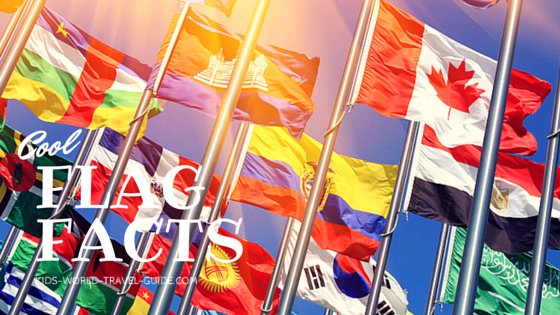
Well, first let's see why people started using flags.
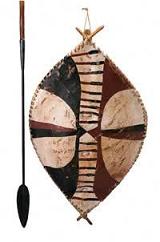 Antique Shield and Spear
Antique Shield and SpearIn earlier centuries certain groups of people decorated spears and other utensils that showed their tribe's or community's cultural symbols. Later people also used ribbons, leather or silk decorations on the spears to distinguish their group from another group.
The early explorers and colonialists always put crosses or sculptures up when they landed on land unknown to them until that time. Later they used flags to proclaim their presence or show sovereignty.
And still today, countries redesign their flags whether after gaining independence or confidence in displaying their native symbols again on flags.
In 2017, Mauretania redesigned their flag to include red colour stripes to symbolise the fight of their people defending their territory.
Why do countries have flags?
Flags show that we belong to a community, organisation or nation and that we share the same beliefs and goals and follow the same set of rules and regulations.
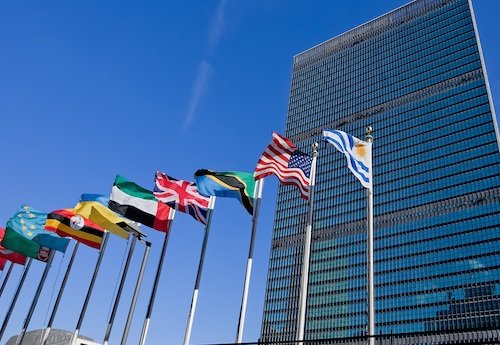 Flags in front of the United Nations building
Flags in front of the United Nations buildingFlags are national symbols. Every country flies a specific flag as their national symbol.
The first flags were flown in the 18th century to tell others that one:
- owns a piece of land ('proclaim a possession') and
- rules over the people and land ('proclaim sovereignty').
Here are two examples:
When Neil Armstrong landed on the moon as the first person in the world in 1969, he erected an American flag on the moon. Above you can see a picture of this historic event.
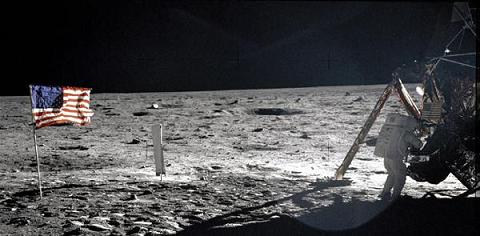 Neil Armstrong, the first man on the moon
Neil Armstrong, the first man on the moonSir Edmund Hillary and Sherpa Tenzing Norgay were the first men to climb and reach the top of the world's highest mountain Mount Everest in May 1953.
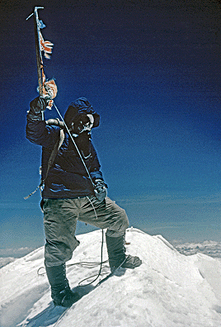 Tenzing Norgay on Mount Everest 1953
Tenzing Norgay on Mount Everest 1953Sir Edmund Hillary put up the British 'Union Jack' at the mountain top when they reached the summit. However, this was done not because he was British but because the expedition was financed and organised in Britain.
Hillary from New Zealand and Norgay from Nepal did not claim the mountain for their countries, but put up the flag of the United Kingdom instead.
Other important flags to know
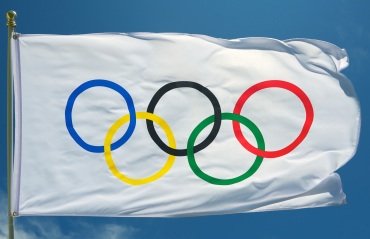 Olympic Flag
Olympic FlagRead here more about the Olympic Games
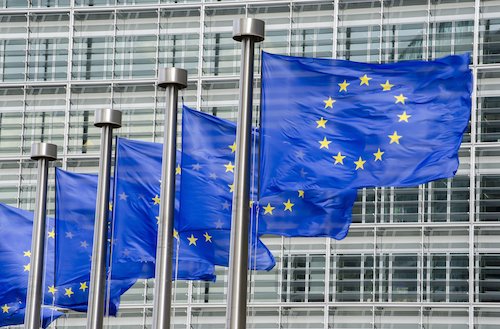 EU Flags at the European Union Commission building
EU Flags at the European Union Commission buildingRead here our EU Facts for Kids
What's in a Flag?
Universal Symbols in World Flags
Now which symbols are most used in flags?
All cultures use certain symbols which are meaningful to them. Some symbols are universal, that is they have the same meaning all over the world. Among these are:
• Sun: The circle of the sun symbolizes unity and energy.
Japan is often referred to as the "land of the rising sun" and uses the sun in its national flag. The sun is displayed as a circle.
Another country using this powerful symbol is Argentina.
• Moon: The moon is usually displayed in crescent shape to distinguish it from the symbol of the sun. In combination with a star, the moon represents divinity and especially the Islam.
Tunisia has got three powerful symbols in its national flag: the red crescent moon and one red star rest in a white circle representing the sun, which you will see in the picture to the right. Other countries using this symbol: Turkey, Singapore.
• Stars: Constellations of stars often represent energy, especially when depicting the night sky or star constellation.
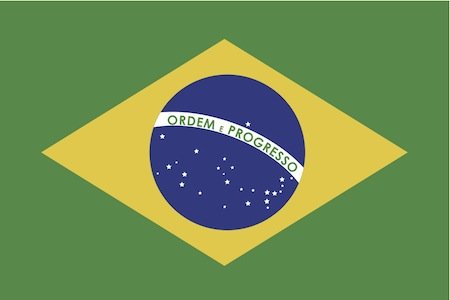 Flag of Brazil Flag of Brazil |
The flag of the USA is called "Stars and Stripes". Other countries depicting stars in their national flags are: Australia, Comoros, New Zealand, Brazil.
• Cross: In ancient times the cross only symbolized the different points of the compass, in the 4th century however the cross was also taken as the symbol of faith.
Among other countries using this symbol are: Denmark, England, Norway, Sweden, Switzerland, UK
• Triangle: The three points of a triangle represent the Trinity (Father, Son and Holy Spirit) in Christianity. The triangle often also symbolizes strenght and power.
Countries using this symbol: Bahamas, Cuba, Eritrea, Sudan, American Samoa and others
• Square: The four even lengths of the square symbolize balance and equal opposites.
The Swiss flag is the only square flag in the world. Did you know that the flag of the international humanitarian organization 'Red Cross' uses the reverse flag? It has got a red cross on white background.
World Flags:
Symbols, Shapes and Colours
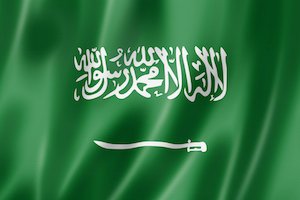
World Flags show different sets of color and symbols, like the sun or the moon, some cultural symbols, like the national bird or flower and sometimes even have got some writing in it, like the green flag of Saudi Arabia (see in the image).
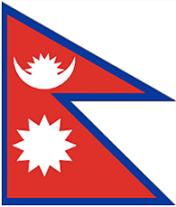
You can distinguish country flags by colors and symbols and some countries even use other shapes than the usual rectangular shape for their national flags.
Did you know that the flag of Nepal, which is pictured on the right, is the only one world flag which is not rectangular or square shaped?
There are also many other symbols used in world flags. Canada uses a maple leave in its flag which shows that the country is caring for its nature and environment. The maple tree is Canada's national tree.
Use of Colours in Flags
As you can see above, red and white are dominant colors in most of the world’s flags.
Most flags contain primary colours, which are red, blue, green and some countries also use yellow or secondary colors. Gold is also used in many flags as the colour is associated with the sun and is considered as colour of kings as well.
Most flags use more than two colours. Among the multicolour flags are:
Colours can have different meanings in different cultures.
Read more about the meaning of flag colours on our special page.
We hope you have enjoyed reading about world flags and bookmark our website. Have fun exploring our wonderful world:-)
Resources | World Flags
- Time. "What is the most patriotic colour?" Time. Last accessed 26 January 2022
- Central Intelligence Agency. "Flags of the World." WorldFactBook. Last accessed 26 January 2022
- Wikicommons. "Gallery with Flags of Triangles." Wikipedia. Last accessed 26 January 2022
Follow us on Facebook

|
Let your friends know! Copy and paste into mails and onto your website, blog or Facebook page: |
***
Follow Kids World Travel Guide's board France for Kids on Pinterest.